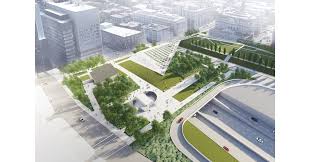Traffic Management: A Growing Concern in Canadian Cities

Introduction
Traffic management has become a crucial issue in urban planning and development across Canada. With populations growing and the demand for transportation increasing, effectively managing traffic flow is vital for ensuring safety, minimizing commute times, and reducing environmental impacts. As Canadian cities continue to evolve, addressing traffic congestion has emerged as a high priority for both policymakers and citizens.
Current Traffic Issues
Recent studies indicate that Canadian cities are grappling with significant traffic congestion, particularly in metropolitan areas such as Toronto, Vancouver, and Calgary. According to the TomTom Traffic Index for 2023, Toronto ranks as one of the top ten most congested cities globally, with drivers spending an average of 125 hours a year stuck in traffic. This situation has direct implications on air quality and public health, as well as economic productivity.
Recent Initiatives
Recognizing the urgency of the situation, various Canadian municipalities have begun implementing traffic management strategies. Initiatives such as smart traffic lights, increased public transit funding, and the promotion of carpooling and cycling have seen proposals in numerous cities. For instance, Vancouver has invested significantly in expanding its cycling infrastructure, encouraging residents to choose eco-friendly commuting options. Additionally, the City of Toronto has initiated a traffic safety plan that includes reducing speed limits in residential areas to enhance pedestrian safety.
The Role of Technology
Emerging technologies are also playing an essential role in traffic management. The integration of real-time traffic data through apps like Google Maps and Waze allows drivers to receive up-to-date information on congestion and alternate routes, effectively distributing traffic loads. Furthermore, cities are using data analytics to monitor and adapt traffic flow patterns and improve the efficiency of existing road systems.
Conclusion
As urban centers continue to grow, the challenges associated with traffic management will only intensify. Stakeholders, including government officials, urban planners, and citizens, must work collaboratively to invest in sustainable solutions. By embracing innovative technologies and thoughtful urban design, Canada can improve its traffic situation, leading to safer streets and healthier communities. Addressing traffic congestion is not merely about convenience; it is imperative for enhancing the quality of life in Canadian cities.









